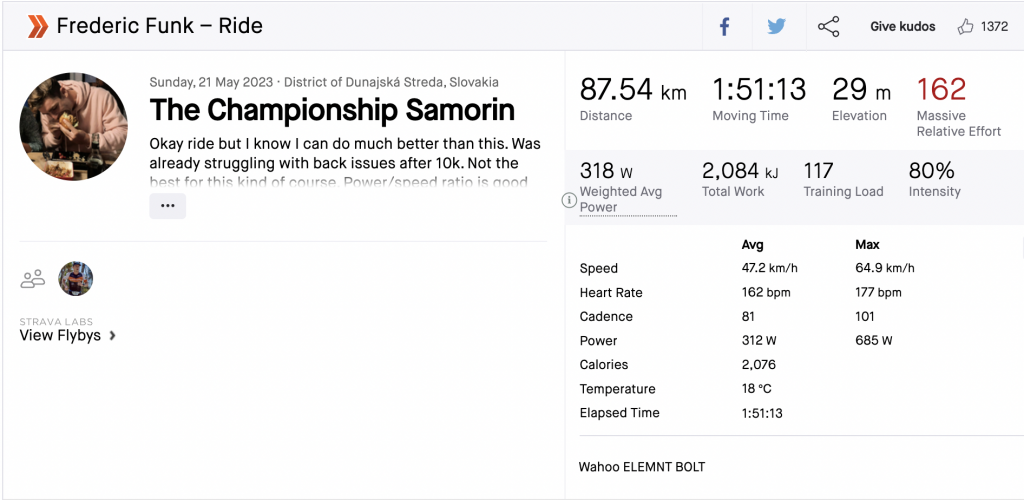The UCI rules dictate a number of measurements cyclists must follow when setting up their time trial bikes. The nice thing about the UK is that we are not beholden to these rules very often as we follow CTT or British Triathlon, depending on whether or not we are doing a triathlon or a time trial…
What do the UCI rules say?
The UCI (Union Cycliste Internationale) is the governing body for professional cycling and sets rules and regulations for various disciplines, including time trial racing. Time trial events are individual races against the clock where cyclists strive to complete a specified distance in the shortest time possible. These races require specialised equipment, and the UCI has established rules to ensure fairness and safety.
In terms of bicycles, UCI time trial rules dictate specific guidelines. The bike’s weight must not be less than 6.8 kilograms. The frame’s design must comply with UCI regulations, including specific tube dimensions and angles. The handlebars must be at least 3 cm wide at all points and may not extend beyond the front wheel axle.
UCI rules also stipulate that the front wheel must be the same diameter as the rear wheel, generally 700c. The use of disc wheels, also known as solid or full carbon wheels, is allowed, but they must meet UCI regulations regarding depth and dimensions. Additionally, time trial bikes are typically equipped with aero bars or triathlon bars to allow riders to maintain a more aerodynamic position. The exact dimensions and measurements of this position depend on a rider’s height, but CTT and triathletes are not beholden to these measurements.
UCI regulations also cover clothing and equipment. Riders must wear a skinsuit, which must not extend below the knee. Shoe covers, overshoes, and other accessories must comply with specific UCI guidelines to ensure fair competition. Skinsuits cannot have external air tripping technology attached, such as the Endura D2Z skinsuit which triathletes wear a version of and is commonly seen at CTT events.
What happens outside of these regulations? Enter “villager’s”…
Outside of these regulations, you can see some pretty obscene positions and equipment – as pioneer of rule bending (and incredible athlete) Graham Obree demonstrates in the video below.
These UCI rules aren’t followed in triathlon and we see riders going faster and faster for less power as was demonstrated in the recent Challenge Championships with riders averaging upward of 45kph with close to only around 300W.
Challenge Championships Samorin is a long-distance triathlon race held annually in Šamorín, Slovakia. It is part of the Challenge Family series, which is a global triathlon series featuring a variety of events worldwide. The race takes place in the x-bionic® sphere, a large sports and leisure complex in Šamorín.

We set off to myWindsock to work out how aero triathletes actually are. Having done a little bit of estimation and some messing around with numbers on a segment called “villager’s” from the race, we came up with some aero data from the race. You can see the forecast of the segment (where Funk has the KOM) here.

Using what we could tell from Funk’s Instagram (and looking up rolling resistance data) as well as using his Strava activity for the ride we estimate his cda to be just under 0.18 – this is similar to Graham Obree’s super tuck position shown in the Youtube video embedded above! Triathletes are FAST!
If you’re not worried about UCI regulations and like going fast, all of the CTT courses are available on myWindsock and can be used in planning for your race!




 UK Time Trial Events
UK Time Trial Events